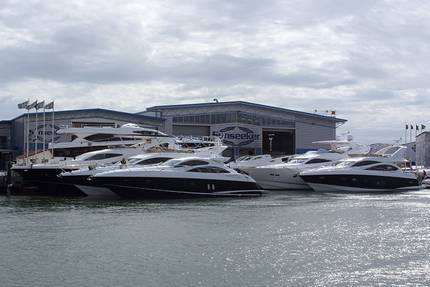Job production

Job production
Job production is the manufacture of individual 'one-off' or unique items made to customer specifications. The product is seen through the whole process, from start to finish, by an individual or group of workers. The production of the next individual item does not begin until the previous job is complete.
 Job production is associated with bespoke production, where each product is made individually and to order; customised to the buyer's specification, such as buildings, paintings, designer clothes, meals and haircuts. Production is a highly skilled process and goods may be handmade and labour intensive. Production costs are usually high, particularly the labour element and, as a consequence, premium prices can be charged.
Job production is associated with bespoke production, where each product is made individually and to order; customised to the buyer's specification, such as buildings, paintings, designer clothes, meals and haircuts. Production is a highly skilled process and goods may be handmade and labour intensive. Production costs are usually high, particularly the labour element and, as a consequence, premium prices can be charged.
Job production covers both small-scale, low technology projects as well as large, complex projects involving high technology. Products are one-off and often unique, such as portraits or tailor made suits, but may be produced singly to a repeated design, such as aircraft, luxury sports cars and yachts.
Job production is well suited to smaller firms as there are few opportunities for economies of scale and the market is less price-sensitive. However, large-scale projects may satisfy the objectives of larger firms in terms of revenues and profit levels; examples of which include major one-off construction projects. At both ends of the scale, job production is appropriate for a business which focuses on meeting customer needs.
The management of job production may be difficult, as the processes differ from job to job. Management of larger products need to place emphasis on cost control and cash flow because payments for products made to order, such as yachts and buildings, may not be made until completion and/or delivery. There may also be penalties for late delivery of large products, so management need to monitor progress (we cover this in more detail in section 5.8 on project management).
For the advantages and disadvantages of each production method, see the advantages and disadvantages summary interaction (page C7).
